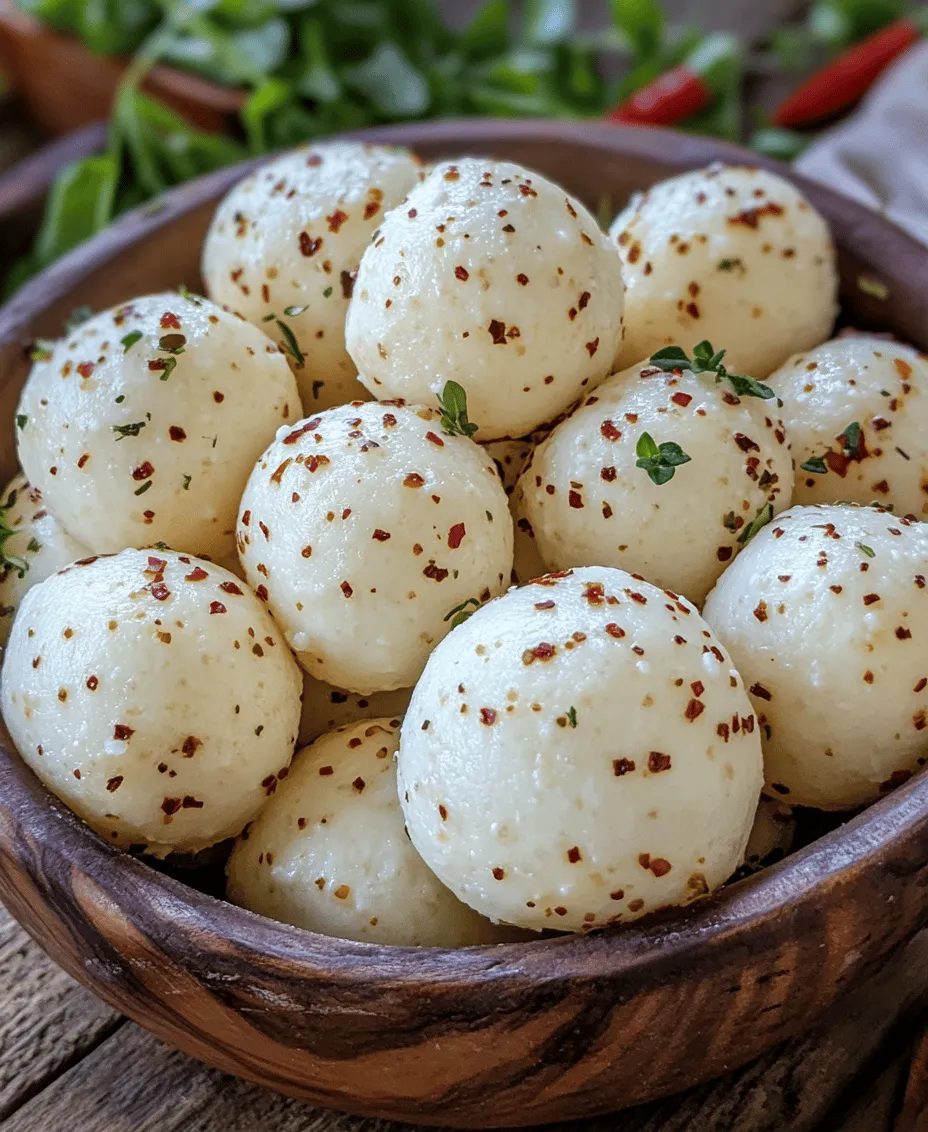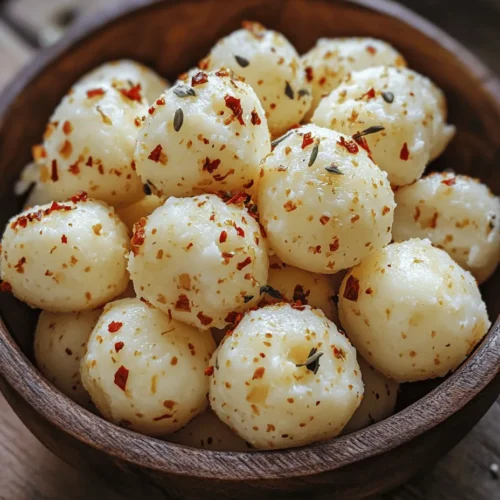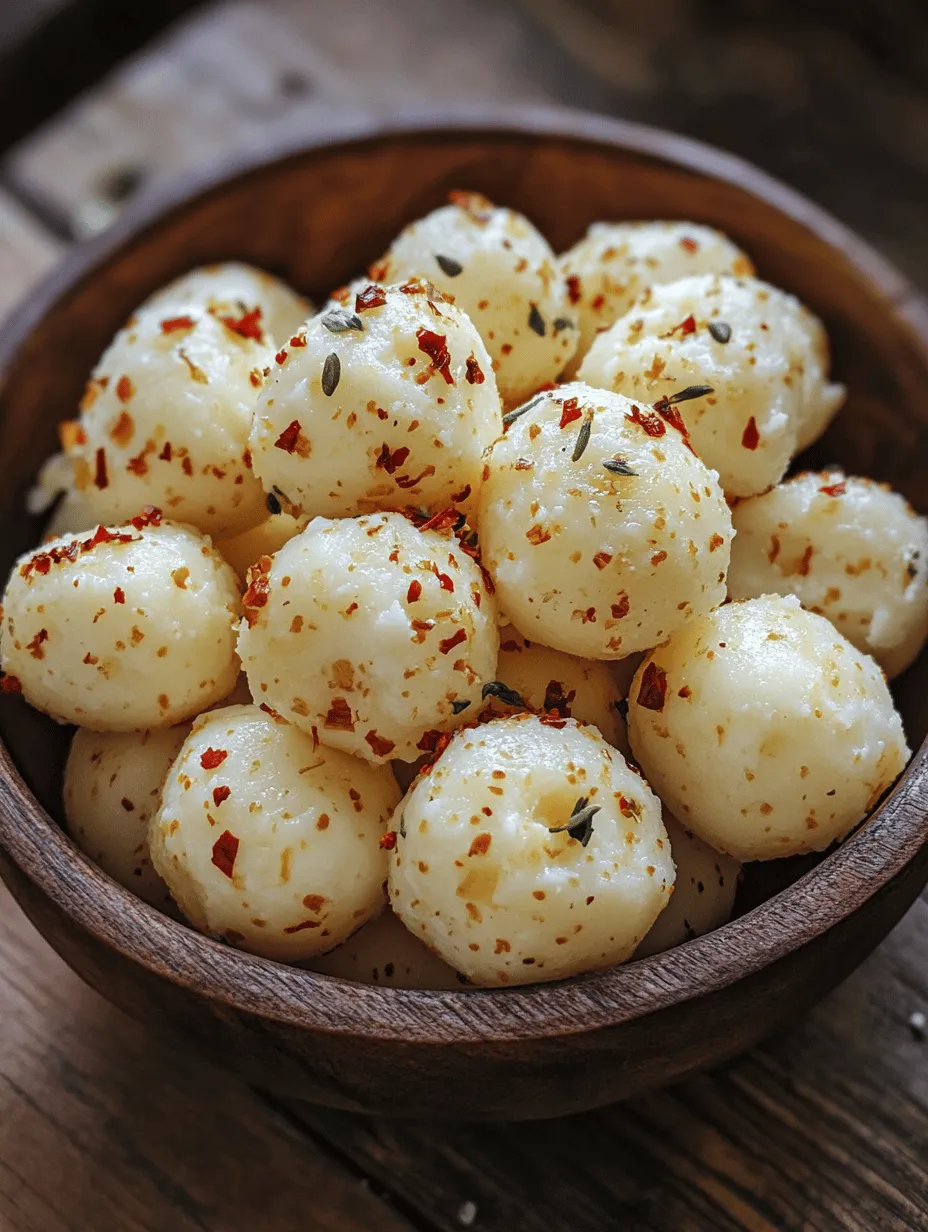Introduction
Quesillo Cheese Delight is a creamy and versatile cheese that originates from the vibrant kitchens of Latin America. Known for its soft texture and mild flavor, Quesillo has become a beloved staple in many households. This homemade cheese is not only easy to prepare but also provides an opportunity for culinary creativity. Whether you’re looking to enhance your dishes with a dash of herb-infused flavor or enjoy it as a standalone delicacy, Quesillo can be tailored to satisfy any palate.
In this article, we will delve into the fascinating world of Quesillo, exploring its cultural significance, the science behind cheese-making, and how to create this delightful cheese in your own kitchen. By the end of this guide, you will possess the skills and knowledge to impress your family and friends with your own homemade Quesillo Cheese Delight.
Understanding Quesillo: The Essence of the Cheese
Exploring the Origin of Quesillo
The history of Quesillo is deeply rooted in Latin American culture, where it is frequently used in traditional dishes ranging from enchiladas to quesadillas. This cheese has variations across different regions, each with its unique twist that reflects local customs and ingredients. For instance, in Nicaragua, Quesillo is often served with a drizzle of cream and a sprinkle of pickled onions, while in Mexico, it is commonly enjoyed in tacos or as a topping for various dishes.
As a cultural emblem, Quesillo represents more than just a culinary delight; it embodies the communal spirit of sharing and togetherness that is central to Latin American traditions. The preparation of Quesillo often involves family gatherings, where the art of cheese-making is passed down through generations, creating lasting memories and connections.
Principles of Cheese Making
To truly appreciate Quesillo, it’s essential to understand the basic principles of cheese-making. At its core, cheese-making is a science that involves transforming liquid milk into solid cheese through the process of curdling. This transformation takes place through the action of acidifying agents, which induce the separation of milk into curds and whey.
The curds represent the solid portion of the milk that will eventually be shaped into cheese, while the whey is the liquid byproduct that can be discarded or used in other recipes. Understanding the relationship between curds and whey is crucial for anyone looking to master the art of cheese-making. The right combination of temperature, time, and acid will yield the desired texture and flavor of Quesillo.
Ingredients Breakdown
Creating the perfect Quesillo Cheese Delight hinges on the quality and selection of ingredients. Here’s a breakdown of the key components you’ll need to craft this delicious cheese.
Whole Milk: The Foundation of Quesillo
The primary ingredient in Quesillo is whole milk, which provides the rich and creamy texture that makes this cheese so delightful. Using whole milk is crucial, as it contains the necessary fat content that contributes to the cheese’s flavor and mouthfeel. Low-fat or skim milk may yield a less satisfying result, lacking the creaminess that defines Quesillo.
If you are looking for alternatives, nut milks or soy milk can be used, but it’s important to note that these options may alter the final flavor and texture of the cheese. For those with dietary restrictions or preferences, experimenting with different types of milk can lead to unique variations of Quesillo.
Acid Agents: Vinegar vs. Lemon Juice
The choice of acidifying agent is another critical aspect of making Quesillo. Both vinegar and lemon juice can effectively curdle the milk, but they impart different flavors to the cheese.
– Vinegar: This common kitchen staple is often preferred for its subtle tanginess and ability to produce a firmer curd. When using vinegar, opt for white vinegar or apple cider vinegar for a milder taste.
– Lemon Juice: Fresh lemon juice provides a bright and zesty flavor to the cheese, which can enhance its appeal in various dishes. However, it may result in a softer curd compared to vinegar.
Choosing between vinegar and lemon juice ultimately depends on your flavor preference and how you plan to use the Quesillo in your culinary creations.
Seasoning: The Role of Salt and Optional Herbs
Salt plays a vital role in cheese-making, not only as a flavor enhancer but also as a preservative. It helps to inhibit the growth of unwanted bacteria and prolong the shelf life of the cheese. When making Quesillo, be sure to add salt to taste, as this will elevate the overall flavor profile of the cheese.
In addition to salt, you may consider incorporating herbs and spices to personalize your Quesillo. Popular options include:
– Dried Oregano: Adds a fragrant, earthy note that pairs well with many Latin American dishes.
– Chili Flakes: For those who enjoy a bit of heat, adding chili flakes can spice things up.
– Garlic Powder: A pinch of garlic powder can introduce a savory depth to the cheese.
Experimenting with different seasonings will allow you to create a unique Quesillo that reflects your culinary style.
Step-by-Step Recipe for Quesillo Cheese Delight
Now that we’ve covered the essential ingredients, let’s move on to the step-by-step process of making your very own Quesillo Cheese Delight.
Heating the Milk: Achieving the Perfect Temperature
The first step in the cheese-making process is heating the milk. This is a crucial stage that requires careful attention to temperature. The ideal temperature for heating milk is around 190°F (88°C). At this temperature, the milk will be hot enough to facilitate curdling but not boiling, which could scorch the milk and alter the flavor of your cheese.
– Tips for Monitoring Milk Temperature: To ensure you reach the desired temperature, use a reliable kitchen thermometer. Stir the milk gently as it heats to distribute the heat evenly and prevent scorching on the bottom of the pot.
– Techniques to Prevent Scorching: Consider using a heavy-bottomed pot that conducts heat evenly, reducing the risk of hot spots. Additionally, maintaining a medium heat setting can help you achieve the right temperature without rushing the process.
Curdling the Milk: The Magic of Acids
Once the milk has reached the perfect temperature, it’s time to introduce the acid. This step is where the transformation begins, as the acid will cause the proteins in the milk to coagulate and form curds.
– How to Properly Add the Acid: Remove the pot from the heat and slowly add your chosen acid (vinegar or lemon juice) while gently stirring. Be sure to start with a small amount and gradually add more, monitoring the curdling process.
– Observing the Curdling Process: After adding the acid, allow the mixture to sit undisturbed for about 5 to 10 minutes. You should see the curds begin to separate from the whey. The curds will appear as small, soft clumps, while the whey will look like a clear liquid. If the curds do not form, you may need to add a little more acid.
Straining the Curds: The Art of Separation
The final step in this initial part of the Quesillo-making process is straining the curds from the whey. This step is essential for achieving the desired consistency of your cheese.
– How to Strain the Curds: Line a colander with cheesecloth or a fine mesh strainer, and carefully pour the curds and whey into the colander. Allow the curds to drain for at least 15 to 20 minutes, or until they reach your preferred consistency. For a firmer cheese, let them drain longer.
– Rinsing the Curds (Optional): If you prefer a milder flavor, you can rinse the curds with cold water to wash away any residual acidity. This step is optional and depends on your taste preferences.
With these initial steps complete, you’re well on your way to creating your very own Quesillo Cheese Delight. The next sections will explore additional tips and techniques to ensure your cheese-making experience is as successful as possible. Stay tuned for more insights into this delightful culinary adventure!

Best Practices for Using Cheesecloth or Strainers
When making Quesillo, the use of cheesecloth or strainers is crucial for achieving the right texture. Cheesecloth is a versatile tool that allows whey to drain while keeping the curds intact. Here are some best practices for using these items effectively:
1. Choosing the Right Cheesecloth: Opt for a fine weave cheesecloth, typically available in different grades. For Quesillo, a grade 90 or 100 is ideal, as it balances drainage with curd retention.
2. Preparing the Cheesecloth: Before use, rinse the cheesecloth in cold water to eliminate any residual flavors or chemicals from manufacturing. This step ensures that your cheese maintains its pure taste.
3. Straining Technique: After pouring the curds into the lined strainer or cheesecloth, gather the corners and twist to create a pouch. Hang this pouch over a bowl to catch the whey, allowing it to drain for at least 30 minutes to an hour. This process will enhance the texture of your Quesillo.
4. Cleaning and Reusing: Post-use, thoroughly wash the cheesecloth in warm soapy water and rinse well. If it shows signs of wear or lingering odors, replace it to maintain hygiene in future cheese-making endeavors.
Importance of Rinsing Curds
Rinsing curds is an essential step in the Quesillo cheese-making process. This practice serves multiple purposes:
– Temperature Control: Rinsing curds in cold water helps to stop the cooking process, ensuring they don’t become rubbery. This is particularly important for Quesillo, where a soft, creamy texture is desired.
– Flavor Balancing: Rinsing can help remove excess acidity from curds, leading to a more balanced and pleasant flavor profile. This is especially useful if the curds have been left to acidify longer than intended.
– Texture Improvement: A thorough rinse aids in achieving the desired texture by washing away any remaining whey. This results in a creamier, more cohesive cheese that holds its shape well.
Mixing and Kneading: Creating Smoothness
Once the curds have been rinsed and drained, the next step is mixing and kneading. This is where the magic happens, transforming simple curds into the delightful Quesillo cheese.
The Kneading Process Explained
Kneading is crucial for developing the cheese’s elasticity and smoothness. Here’s how to do it effectively:
1. Warm the Curds: Begin by gently warming the drained curds. You can do this by placing them in a bowl over a pot of warm water or using a microwave. Aim for a temperature around 140°F (60°C)—just hot enough to make the curds pliable.
2. Knead Gently: With clean hands or a spatula, begin to knead the curds. This involves folding and pressing the curds together, allowing them to meld. Continue kneading until the curds become smooth and elastic.
3. Stretching Technique: The traditional method for Quesillo involves stretching the curds. To do this, pull the curds apart gently, then fold them back together. Repeat this process until the curds are glossy and form a cohesive ball.
Adjusting Texture with Warm Water
If you find that your curds are too dry or crumbly during the kneading process, you can adjust the texture with warm water:
– Add Warm Water Gradually: While kneading, slowly incorporate small amounts of warm water. This helps to hydrate the curds without making them overly wet. Start with a tablespoon at a time until the desired consistency is achieved.
– Monitoring Elasticity: Continue kneading and stretching until the curds reach a stretchy, pliable consistency. This will ensure that your Quesillo has the perfect mouthfeel.
Shaping the Cheese: Creative Presentation Ideas
Now that your Quesillo is smooth and elastic, it’s time to shape it. The presentation can enhance the experience, whether you intend to serve it as an appetizer or as part of a main dish.
Various Forms to Shape the Cheese
1. Classic Ball Shape: The traditional Quesillo is often formed into a ball. Simply roll the kneaded cheese into a ball, ensuring it’s compact. This shape is ideal for slicing or grating later.
2. Braided Style: For a creative twist, try braiding the cheese. Divide the kneaded curds into three sections, roll them into long ropes, and braid them together. This technique not only looks impressive but also allows the cheese to maintain moisture.
3. Molded Presentation: Use a mold to create unique shapes, such as hearts or cubes. Grease the mold lightly before placing the cheese inside to facilitate easy removal once it has set.
4. Cheese Blocks: Press the cheese into a rectangular dish for block cheese. Once firm, slice it into cubes for serving, which works particularly well for cheese platters.
Tips for Storing and Serving Your Quesillo
– Storage: Quesillo can be stored in an airtight container in the refrigerator. To keep it fresh, wrap it in wax paper or cheese paper to allow it to breathe while preventing it from drying out.
– Optimal Serving Temperature: Serve Quesillo at room temperature to enhance its flavor profile. Take it out of the fridge about 30 minutes before serving.
– Pairing with Accompaniments: Consider serving alongside fresh fruits, crackers, or a drizzle of honey for a sweet contrast. A sprinkle of fresh herbs can also elevate the presentation.
Flavor Variations and Serving Suggestions
While the classic Quesillo is delightful, experimenting with flavors can elevate your cheese-making experience.
Herbs and Spices: Personalizing Your Quesillo
1. Common Herb Combinations for Enhanced Taste: Consider incorporating fresh herbs like basil, oregano, or cilantro during the kneading process to infuse the cheese with additional flavor. A teaspoon of dried herbs can be mixed into the curds before shaping.
2. Exploring Spicy Variations: If you enjoy a bit of heat, try adding crushed red pepper flakes or finely chopped jalapeños while mixing the curds. This spicy version of Quesillo can add a delightful kick to your dishes.
Pairing Quesillo with Dishes
1. Suggested Recipes that Complement Quesillo: Quesillo pairs wonderfully with various dishes. Consider adding it to quesadillas, where its melting properties shine. It also enhances the flavor of tacos and enchiladas.
2. Creative Serving Ideas for Appetizers and Entrees: Serve Quesillo as part of a cheese board with olives, cured meats, and fresh bread for a delightful appetizer. For entrees, melt it over grilled vegetables or use it as a topping for baked pasta dishes.
Nutritional Benefits of Quesillo Cheese
Understanding the nutritional content of Quesillo can help you appreciate its place in your diet.
Overview of Calories, Fats, and Proteins in Quesillo
Homemade Quesillo is typically lower in preservatives and additives compared to store-bought varieties. A serving of Quesillo (about 1 oz or 28 grams) contains approximately:
– Calories: 80-100
– Fats: 6-8 grams (depending on milk used)
– Proteins: 6-7 grams
These figures can vary based on the specific ingredients and methods employed.
Health Benefits of Homemade Cheese vs. Store-Bought Options
– Control Over Ingredients: When you make cheese at home, you control the quality of the ingredients, leading to a fresher, healthier product.
– No Additives: Homemade Quesillo is free from artificial preservatives and additives commonly found in store-bought cheeses, making it a cleaner option for your diet.
– Probiotics: The fermentation process involved in cheese-making can introduce beneficial bacteria into your diet, promoting gut health.
The Cultural Impact of Quesillo
Quesillo is more than just a delicious cheese; it embodies a rich cultural heritage.
Quesillo in Latin American Cuisine
1. Role of Quesillo in Traditional Dishes: In many Latin American countries, Quesillo is a staple ingredient in traditional recipes. It is often used in dishes like arepas, pupusas, and even in sweet desserts, showcasing its versatility.
2. Celebrations and Festivals Featuring This Cheese: Various festivals celebrate cheese-making traditions, where Quesillo often takes center stage. From local fairs to culinary competitions, Quesillo remains a beloved symbol of community and tradition.
Global Influence and Adaptations
1. How Quesillo is Embraced Worldwide: As global cuisine continues to evolve, Quesillo has found its way into international menus, inspiring chefs to experiment with its unique flavor and texture.
2. Fusion Recipes that Incorporate Quesillo: Chefs are creatively incorporating Quesillo into fusion dishes, such as quesillo-stuffed ravioli or quesillo-topped pizzas, showcasing its adaptability and appeal.
Conclusion
The Quesillo Cheese Delight is more than just a recipe; it’s a gateway to exploring rich culinary traditions and enhancing your cooking repertoire. By understanding the ingredients, methods, and cultural significance of this cheese, you can appreciate its place in both home kitchens and gourmet dining. With this guide, you are now ready to embark on your journey of cheese-making, bringing a taste of Latin America into your home. Enjoy the process, the flavors, and the joy of sharing your homemade Quesillo with loved ones.


